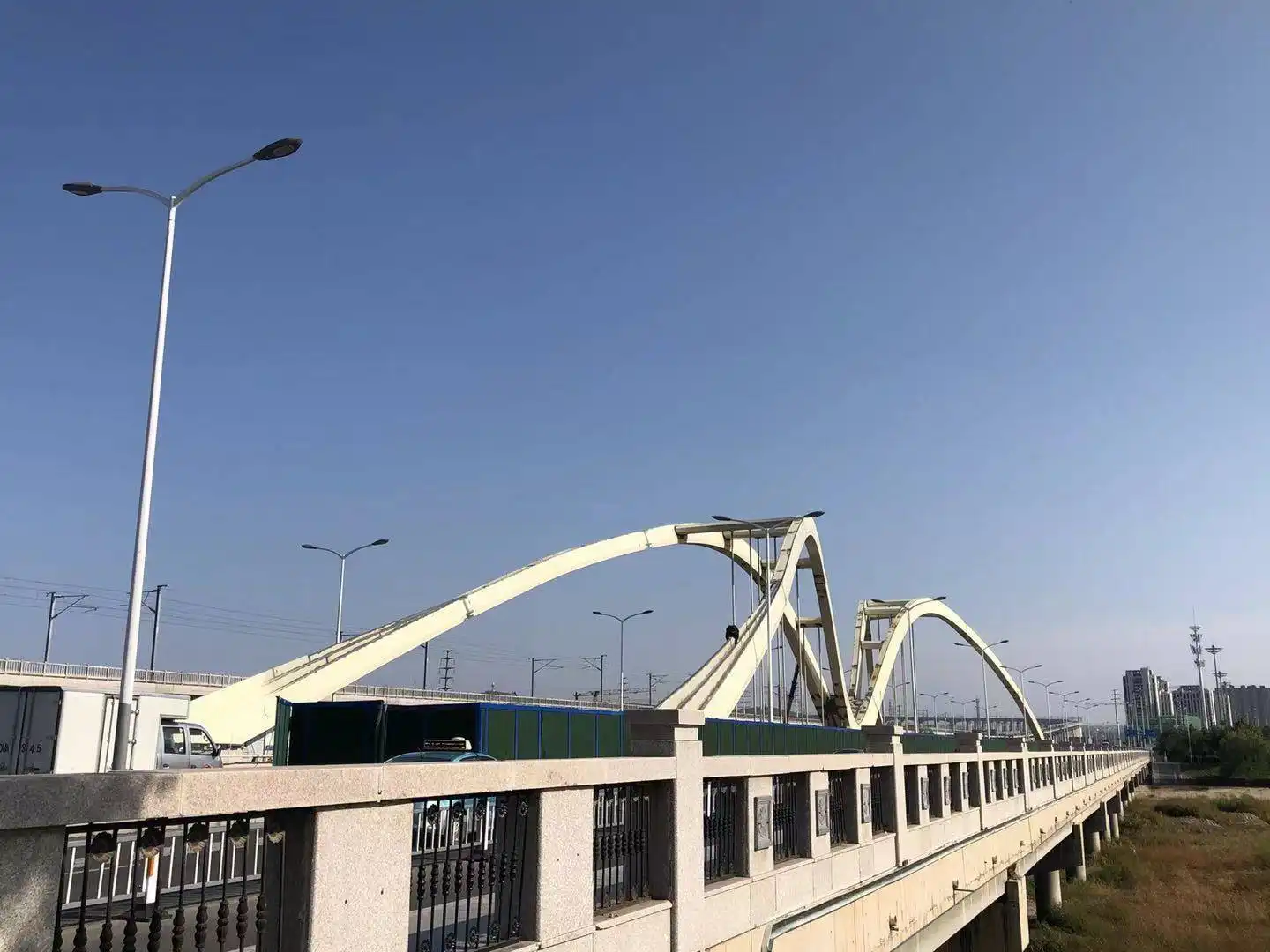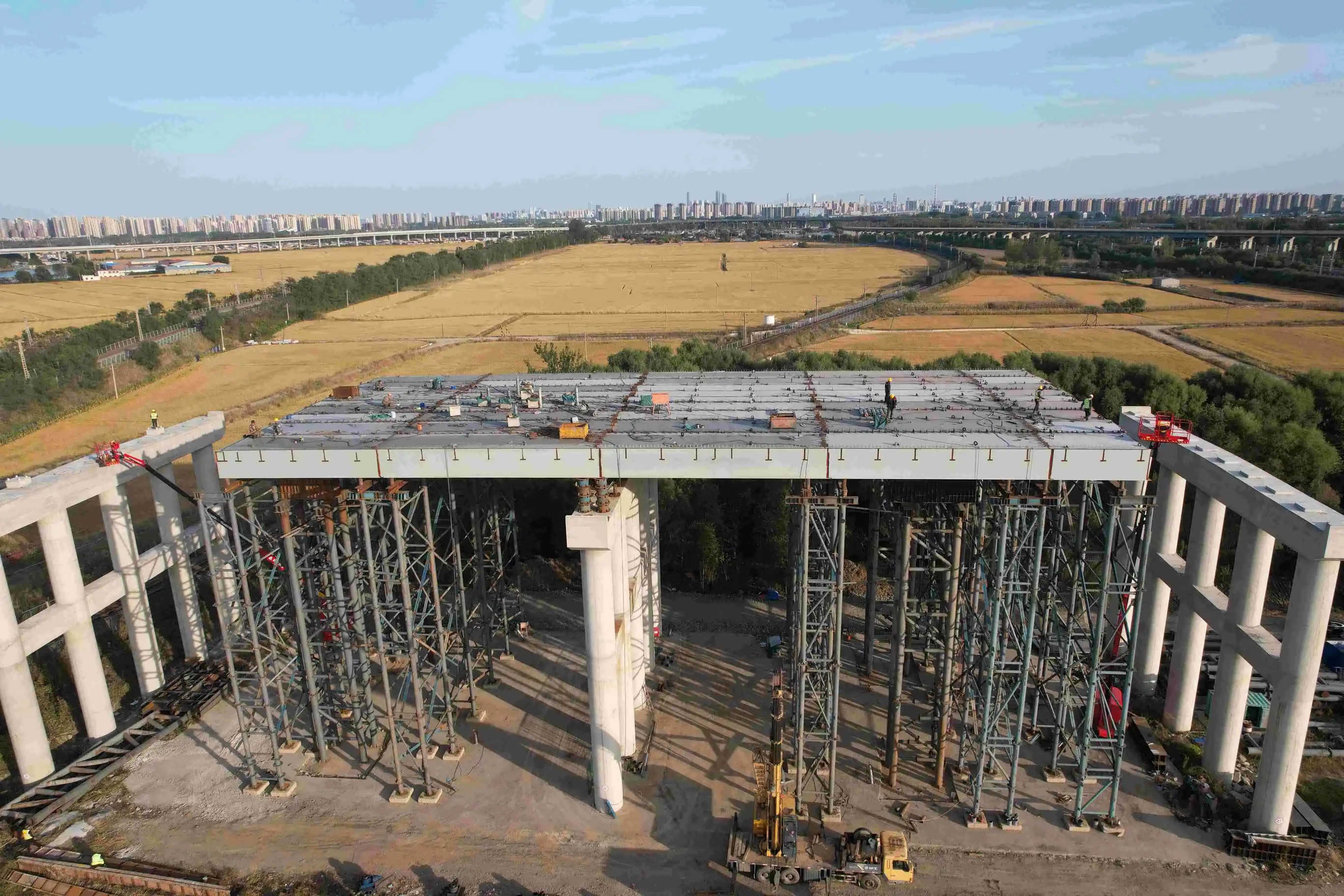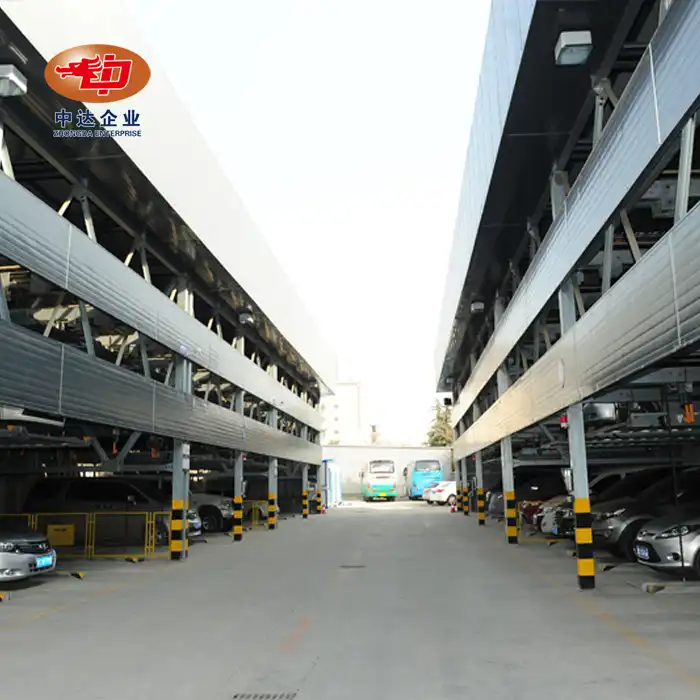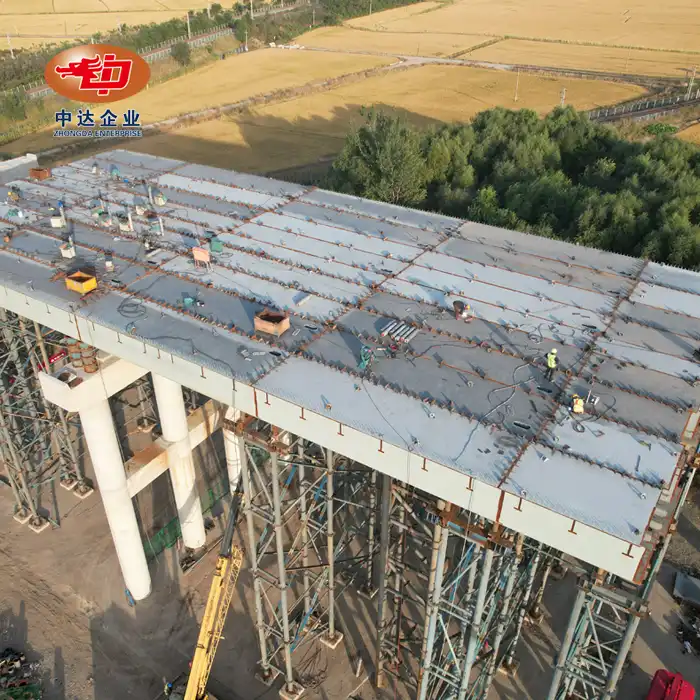
A Solid Package of Technical Information on Steel-Concrete Composite Structures
Steel-concrete composite structures represent a pinnacle of modern construction engineering, blending the strengths of both materials to create robust, efficient, and versatile building solutions. These innovative structures combine the tensile strength of steel with the compressive strength of concrete, often realized through elements such as the steel-concrete composite beam, resulting in a synergistic system that outperforms traditional single-material constructions. This comprehensive guide delves into the technical aspects, design considerations, and practical applications of steel-concrete composite structures, offering valuable insights for engineers, architects, and construction professionals seeking to leverage this advanced building technology.
Fundamentals of Steel-Concrete Composite Structures
Principles of Composite Action
Steel-concrete composite structures operate on the principle of composite action, where steel and concrete work together to resist applied loads. This synergy is achieved through the use of shear connectors, typically steel studs welded to the steel beam and embedded in the concrete slab. These connectors ensure that the two materials act as a single unit, distributing stresses efficiently and enhancing overall structural performance.
At Zhongda Steel, we utilize high-strength Q345D steel beams coupled with C50 grade concrete, creating a formidable composite system. Our Φ19×150mm shear studs, boasting a shear capacity of ≥150kN, ensure optimal load transfer between steel and concrete components, maximizing the composite action.
Advantages Over Traditional Construction
Composite structures offer numerous advantages over traditional single-material construction methods:
- Enhanced load-bearing capacity
- Reduced overall structural weight
- Increased span capabilities
- Improved fire resistance
- Superior vibration control
- Cost-effectiveness in material usage and construction time
Our steel-concrete composite beams at Zhongda Steel are engineered to capitalize on these benefits, providing exceptional structural efficiency and design flexibility for a wide range of applications.
Types of Composite Structures
Steel-concrete composite structures encompass various configurations, including:
- Composite beams
- Composite columns
- Composite slabs
- Composite trusses
- Composite walls
Each type offers unique advantages and is suited for specific architectural and structural requirements. At Zhongda Steel, we specialize in customizable composite beams with spans ranging from 30 to 60 meters, with the capability to extend up to 120 meters through specialized design.

Design Considerations for Steel-Concrete Composite Structures
Load Distribution and Stress Analysis
Designing steel-concrete composite structures requires a thorough understanding of load distribution and stress analysis. Engineers must consider the interaction between steel and concrete components, accounting for factors such as:
- Dead and live loads
- Shear forces
- Bending moments
- Axial forces
- Thermal stresses
Advanced finite element analysis (FEA) tools are often employed to model the complex behavior of composite structures under various loading conditions. At Zhongda Steel, our engineering team utilizes state-of-the-art simulation software to optimize the design of our steel-concrete composite beams, ensuring they meet or exceed industry standards for performance and safety.
Material Selection and Compatibility
Choosing the right materials is crucial for the success of a composite structure. Key considerations include:
- Steel grade and strength
- Concrete compressive strength
- Reinforcement type and arrangement
- Shear connector design and spacing
- Compatibility of thermal expansion coefficients
Zhongda Steel offers a range of steel grades beyond the standard Q345D, allowing for customization based on project-specific requirements. Our concrete mix designs are tailored to achieve optimal strength and durability, complementing the steel components perfectly.

Serviceability and Long-Term Performance
Ensuring the long-term performance of steel-concrete composite structures involves addressing serviceability issues such as:
- Deflection control
- Crack prevention in concrete
- Vibration mitigation
- Fatigue resistance
- Durability in harsh environments
Our composite beams at Zhongda Steel are engineered with these factors in mind, incorporating features like optimized section profiles for deflection control and specialized coatings for enhanced corrosion resistance in challenging environments.
Advanced Applications and Future Trends
High-Rise Construction
Steel-concrete composite structures have revolutionized high-rise construction, enabling taller and more efficient buildings. The use of composite systems in skyscrapers offers several advantages:
- Reduced floor-to-floor heights
- Increased usable floor space
- Enhanced lateral stability
- Improved fire resistance
Zhongda Steel's steel-concrete composite beams have been utilized in numerous landmark high-rise projects, demonstrating their effectiveness in pushing the boundaries of vertical construction.
Long-Span Bridges
Composite structures are increasingly employed in bridge construction, particularly for long-span bridges. Benefits include:
- Lighter deck structures
- Increased span capabilities
- Reduced construction time
- Enhanced durability
Our expertise in weathering steel technology and composite beam optimization makes Zhongda Steel a preferred partner for challenging bridge projects, including those in extreme environments like Arctic regions.
Sustainable and Resilient Design
The future of steel-concrete composite structures lies in sustainable and resilient design. Emerging trends include:
- Use of high-performance, low-carbon concrete
- Integration of recycled materials
- Incorporation of smart sensors for structural health monitoring
- Design for disassembly and material reuse
- Enhanced seismic performance
At Zhongda Steel, we're at the forefront of these innovations, continuously improving our composite beam designs to meet evolving sustainability and resilience standards. Our products have successfully passed 8-degree earthquake simulation tests, demonstrating their robustness in seismic events.
Conclusion
Steel-concrete composite structures represent a transformative approach to modern construction, offering unparalleled strength, efficiency, and versatility. By harnessing the complementary properties of steel and concrete, these structures enable innovative architectural designs, improved building performance, and enhanced sustainability. As the construction industry continues to evolve, the role of composite structures in shaping our built environment will only grow more significant, paving the way for taller, stronger, and more resilient buildings and infrastructure.
Contact Us
For cutting-edge steel-concrete composite beam solutions tailored to your project needs, trust Zhongda Steel. Our advanced manufacturing facilities, proprietary technologies, and experienced engineering team ensure superior quality and performance in every composite beam we produce. Contact us at Ava@zd-steels.com to explore how our innovative composite structures can elevate your next construction project.
References
Johnson, R.P. (2018). Composite Structures of Steel and Concrete: Beams, Slabs, Columns and Frames for Buildings. Wiley-Blackwell.
Nie, J., & Easterling, W.S. (2020). Steel-Concrete Composite Structures: Theory, Design, and Construction. Elsevier.
Oehlers, D.J., & Bradford, M.A. (2019). Elementary Behaviour of Composite Steel and Concrete Structural Members. Butterworth-Heinemann.
Lam, D., & Dai, X. (2021). Design of Steel-Concrete Composite Structures Using High Strength Materials. Institution of Civil Engineers Publishing.
Tsavdaridis, K.D., & D'Mello, C. (2022). Advances in Steel-Concrete Composite Structures. CRC Press.
Zona, A., & Ranzi, G. (2021). Finite Element Modelling of Steel-Concrete Composite Structures. Springer.













